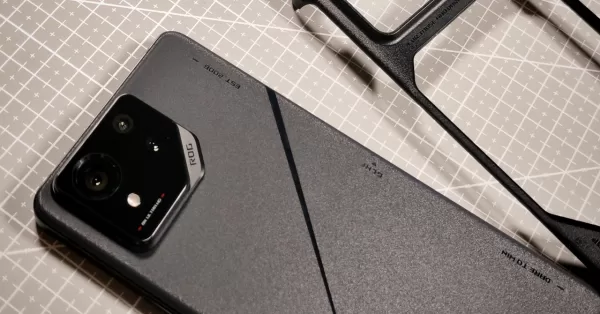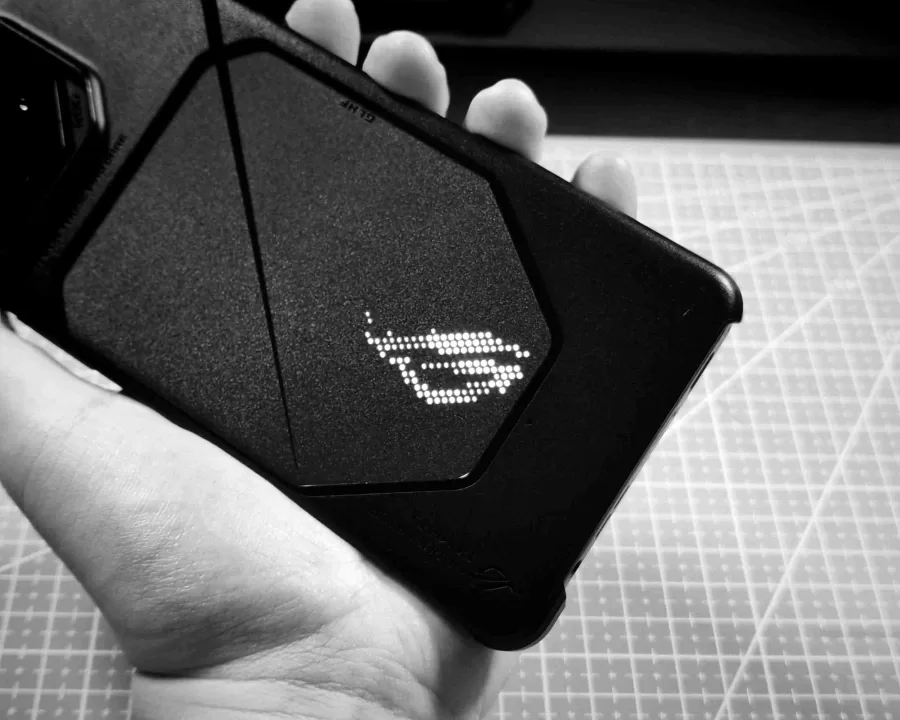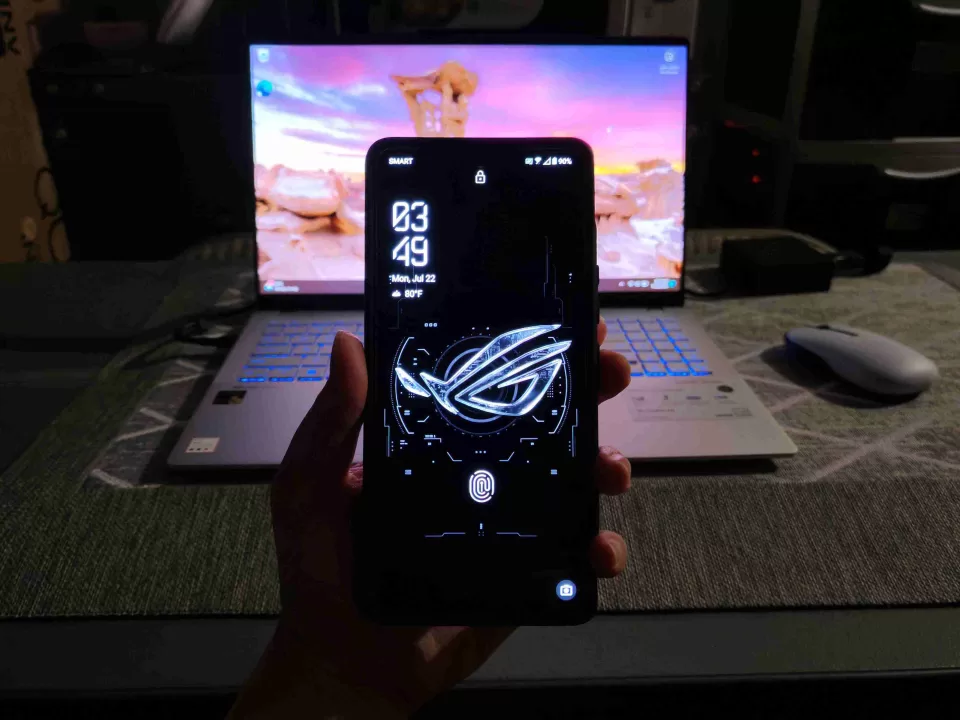The ASUS ROG Phone 8 Pro is a step in the right direction
The ROG Phone 8 Pro is only the start of something great.

We’ve had our hands on the ASUS ROG Phone 8 Pro since our full review, and after six months with it in tow, there’s been much to say. It’s undoubtedly at the very top of anyone’s tier list when it comes to installing and running the most demanding mobile games on the planet–and when it comes to emulation of titles from a bygone era, the top-shelf specs it possesses become all the more undeniable.

It’s not too difficult to believe, given its main competition are few and far between. Some come close, but none are able to definitively dethrone the beast. Being a perennial dominant force, the brand could’ve simply rested on their laurels and just coasted on their popularity–and perhaps add incremental upgrades and novelty gimmicks to swat down anyone who tries to even the odds.
That being said, we’re glad that wasn’t the case. The Republic chose conquest over contentment, and decided to engage in battle on a more unfamiliar front: the mainstream flagship market.
The first salvo

One could assume that since a gaming smartphones is indeed, geared towards gaming, nothing else matters. Just overload it with the most high-end components and call it a day. As mobile gaming has been all the rage, it’s been the sole focus of such devices–which leaves all the other non-gamer-centric features on the cutting room floor.
You get the most expensive processor, the smoothest interface, the most vivid display, and the gaudiest, most ostentatious physical aesthetics. You could tell from a mile away that you’re looking at a gaming smartphone–until now.
The ROG Phone 8 Series’ aesthetic is definitely a talking point. While the base version still does sport a tad RGB in its logo, the overhaul has been massive. Compared to their previous iteration, The aesthetic that “screams gamer” has been limited to a soft, audible hum. You can tell it’s there, and it’s not trying to overwhelm your senses for once.

AniMe Vision with proprietary protective case
That pivot alone was, in our opinion, ROG’s bold declaration to challenge the mainstream flagships in its price range. By veering away from its usual–some would say, rather immature look, it’s put on a more formal suit and tie because now, it means business.
From a new perspective
Aesthetics alone wouldn’t be enough. Other gaming phones touting more affordable price tags already sport that n0-nonsense look. Some would argue it’s more of a necessity and less of a choice due to budget, but that’s beside the point. The ROG Phone needed an uppercut to follow-up from their jab. While it may not be a clear haymaker, it sends a clear enough message. Emphasis on “clear.”
The new and improved triple camera setup is that uppercut. Sporting a 50 MP main shooter, a 32 MP telephoto, and a 13 MP ultrawide, it’s leaps and bounds above its predecessor–which still had a 2MP macro lens. That was a cardinal sin, given its price range. Given the first two also have OIS, snapping photos was a breeze. It literally became our daily driver for most review and event coverage. Photos come out crisp, and the cameras struggle less under dim lighting. Sure, they’re not professional level photos, and the other–way more expensive flagships with monster cameras can outdo it most of the time–but there lies our point.
The cameras are actually good. They’re a far cry from any gaming smartphone shooter in the past, whether it be portrait shots or shooting from the hip. We LIKE the cameras. Selfies aren’t really up our alley–as a matter of preference. However, a 32 MP wide shooter that can go down to 0.7X zoom is not bad for a front-facing camera.
If you need a sample highlight reel for videos, take a gander. If you consider the compression done by Instagram, you get very decent footage even at FHD 1080 at 60 fps. Every other reel shot on that account, sans the one actually showing the ROG Phone 8 Pro–were shot BY the ROG Phone 8 Pro. Its ease of use, reliability, and decent output always come in clutch. It’s all we ever needed on any given day.
In case we weren’t clear enough, this is ROG’s definitive step in the right direction. It’s not a huge step, and it’s by no means a gamechanger–but it’s a sign for great things to come. They now have their work cut out for them.
Kit and caboodle

Since we’ve covered the, pièce de résistance we can wrap things up with all the lovely accoutrements. If the point of having a phone was simply gaming on the go and taking decent photos, there are other options. Surely, not at the level the ROG Phone 8 Pro, but decent enough to get the job done. So, what else helped tied everything together? Let’s talk about the interface–and everything it entails.
It’s something unique to this phone. The surge in everything AI definitely found its way to this device, and while it doesn’t affect such areas like the camera, it’s prevalent in its quality of life features. The customizability and convenience is through the wazoo. Smart Search and AI Grabber make navigating through your apps and files way easier than it should be. X-Sense fine tunes your game, giving you a better overall experience. If you’re tired of the usual JPEGs on your home screen, AI Wallpaper helps switch things up. Tired of the already not-so-loud gamer aesthetic in your interface? Switch it to Stock Android. These quirks may be minor in the grand scheme of this beast of a phone, but you will find yourselves using these features in your day-to-day.
Now, this one’s a personal highlight. The DIRAC X ROG AudioWizard is a boon to our existence, as it adds another layer of customizability, but for sound this time. One would probably stick to the Dirac Virtuo setting as it’s arguably the optimum, all-around preset. But just like the other four, you can preset them at will. It’s also nice to switch between presets freely.












